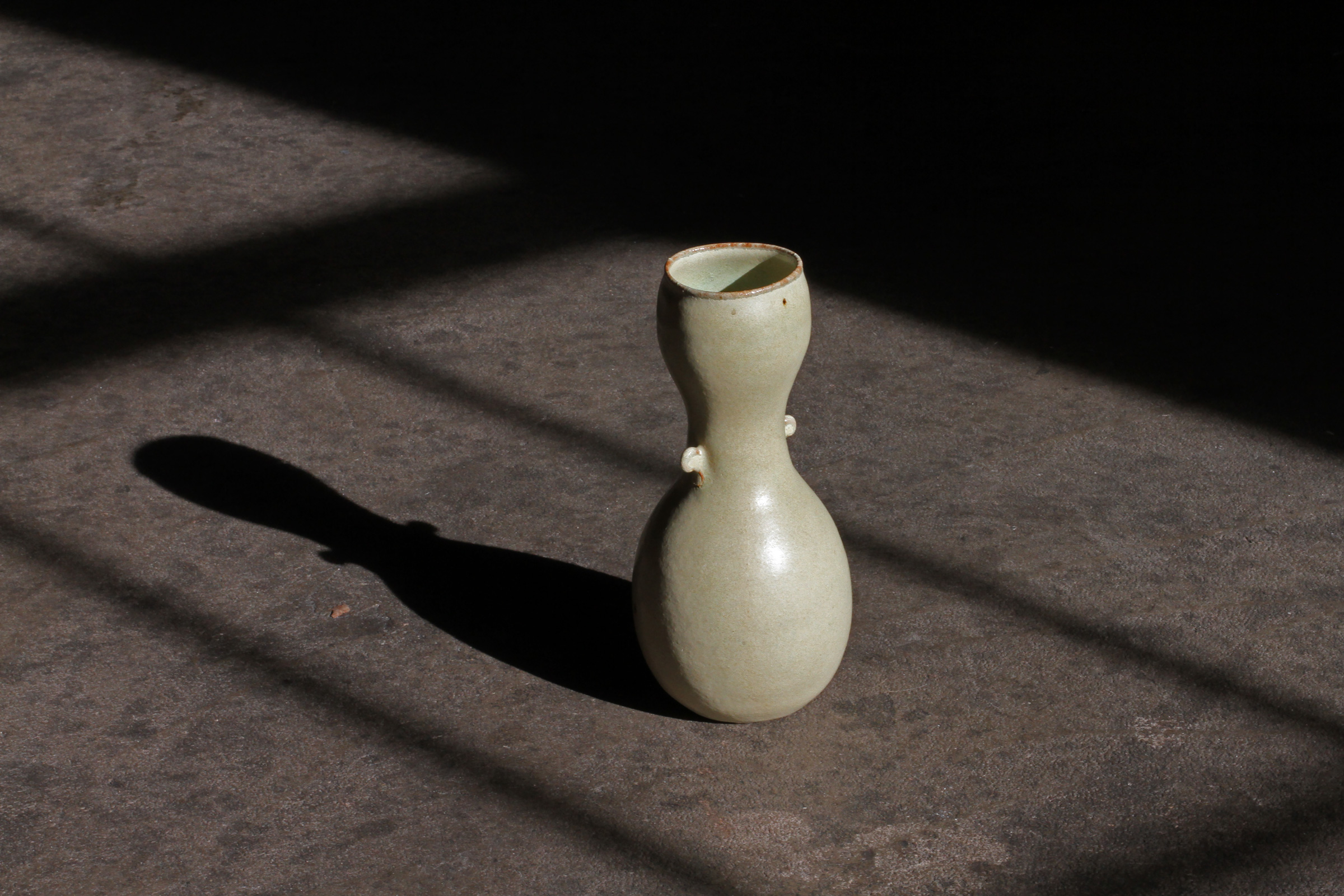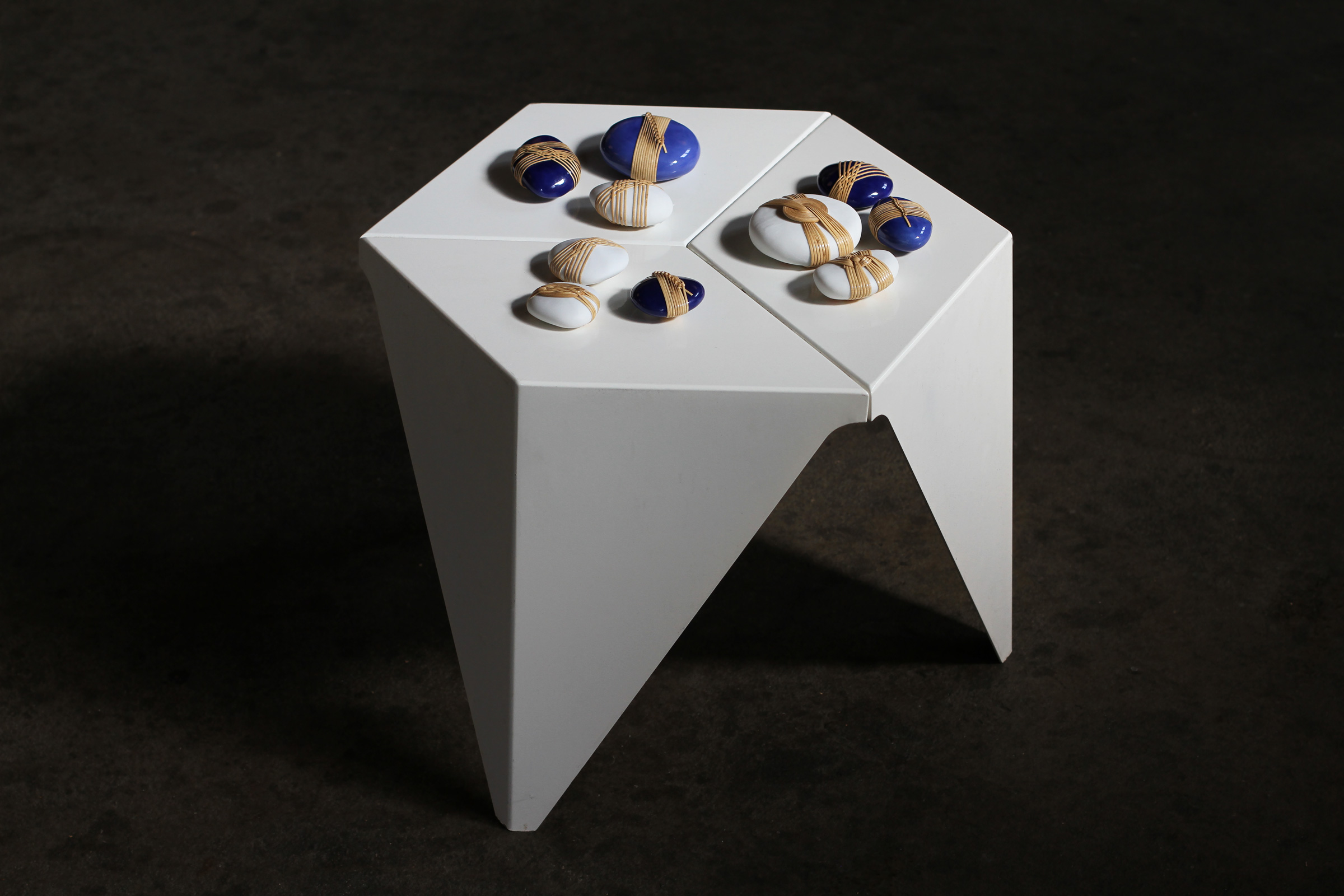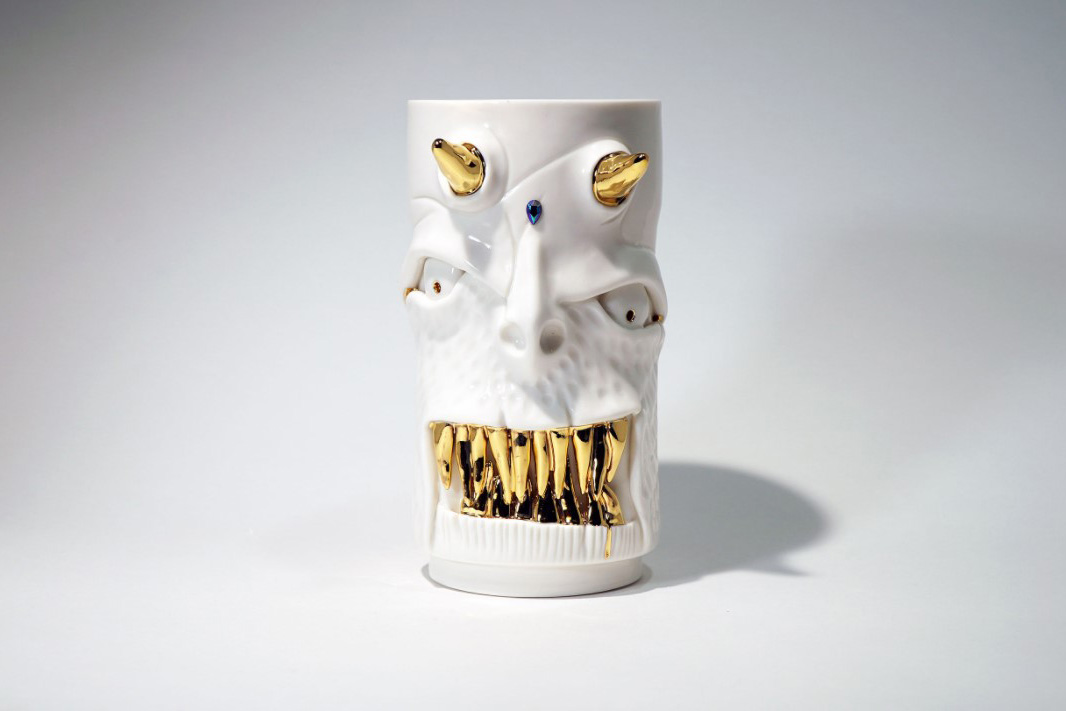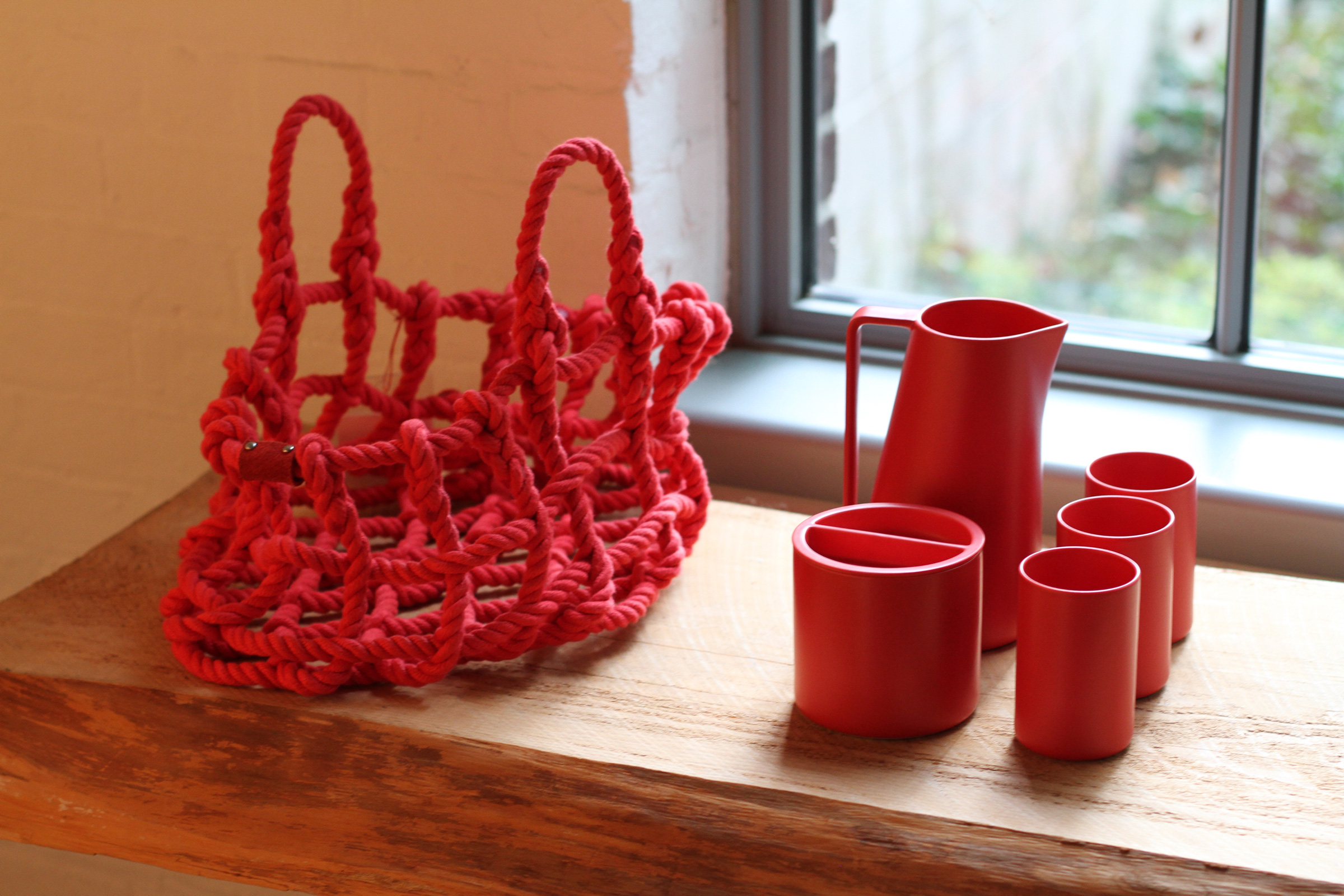Ceramic Whistles

The Noguchi Museum Shop is pleased to introduce a series of handcrafted whistles by ceramist and teacher Paola Biancalana (b. 1958, Ficulle).
Whistles have been known across cultures since prehistoric times, first serving as hunting signals for early humans.1 Over the ages, they evolved into objects mostly made of ceramic and associated with youth — they became a toy.
In Italy, whistles flourished during the Renaissance, when they were given as auspicious gifts to children during town festivals, and perhaps used by balladeers as storytelling devices to spread popular culture amongst the lowest classes of society.2 As a type of handicraft closely associated with folk culture, whistles evolved independently from ‘higher’ Italian ceramic traditions like the Maiolica, retaining a whimsical essence and symbolic properties like evil-warding.3
This series of zoomorphic whistles begins with 20th century steel molds owned by Maria Luisa Lampetti (b. 1939, Castelleone), who produced decorative objects and bomboniere (traditional Italian wedding party favors) during the postwar ceramic boom in Deruta, Umbria.
After Lampetti presses the figures in local San Sepolcro clay, Biancalana creates a whistling chamber by hand for each animal form, then applies a diverse range of glazes and fires them to create visually distinct, one-of-a-kind objects.
Paola Biancalana’s practice is based in Ficulle — a historic ceramic hub of the Umbria region — and primarily centers on exploring folk traditions. Once a pupil of artist Nino Caruso, Biancalana was taught the art of whistle-making by master potter Carlo Luciani, and she has since exhibited her whistles throughout Italy and abroad.
Biancalana describes the objects as both comical and mysterious — breath blows them to life, evoking memories of the Myth of Creation. In moments of sadness, she says, their powerful hiss will ward off negative thoughts and bring upon good luck.
2 Ibid., 8.
3 Ottavio Cavalcanti, Terra, Acqua, Mani, Fuoco (Rubbettino Editore, 2013), 91.
Visit the Shop
The Shop is open during Museum hours, Wednesdays–Sundays, 11 am–5:45 pm: noguchi.org/visit. Guests who are only visiting the Shop may visit at any time during open hours without a reservation.











